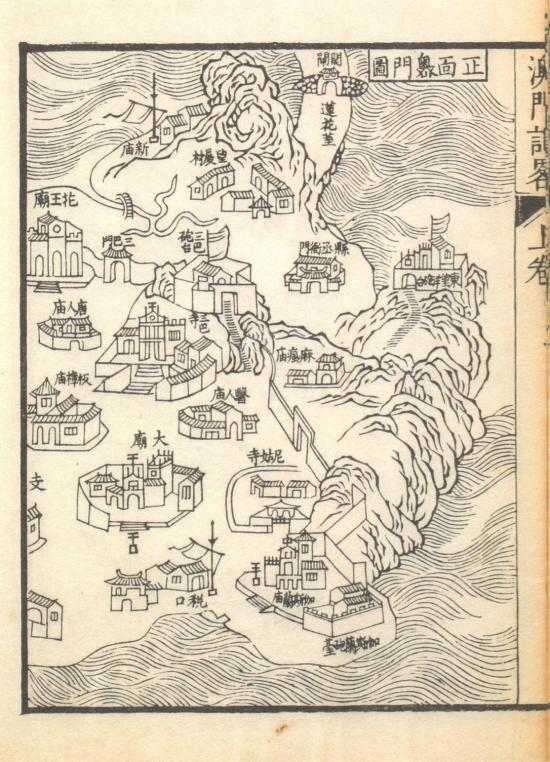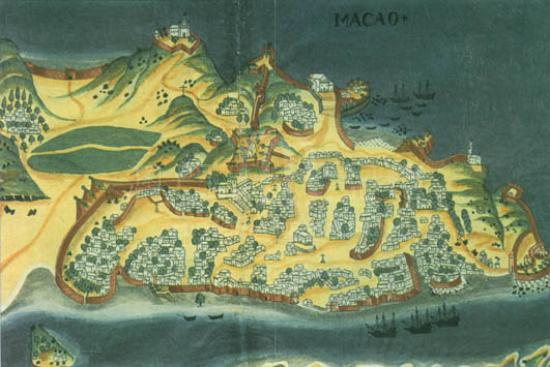This item is currently known as the earliest and the largest Chinese star map, depicting the complete celestial sphere including South Pole area. As the most detailed star map at that time, it draws as many as 1812 stars, exceeding its western European counterparts. The map consists of two circular star maps with both Arctic and Antarctica as the centers, separated by the line of equator. Meanwhile, other fourteen small stars maps and four astronomical instruments are drawn on the margins of the map. The outer of the map has 360 degree, while the inner part as 365.25 degree, the same way of the former map of 'Jian Jie Zong Xing Tu' (General Map of the Visible Stars, 1631). As a combination of both eastern and western planisphere, the ancient Chinese map learns the zodiac from the western cosmography, using a line starting from the celestial pole and circling around the planisphere. Meanwhile, the Chinese methods are adopted as separating the sky as twenty-eight mansions ( 二十八宿), with the line starting from the equator to the edge. The map is named after Chinese traditional constellation, with the sequence of number named after, such as the star of 'Dou Xiu I'. It seemed that ancient China had never drawn Antarctica stars, hence this star map proved to learn western methods of cartography and the translating name, and used them thenceforth.
The story of this star map also saw the year of 1633, in the Sixth year of Chongzhen Emperor in Ming Dynasty, when Xu Guang Qi, or Paulo Xu, the Minister of Ministry of Rites thought the former star maps had been 'too small-sized…to make a further research on' and planned to draw this one. Its size was as big as eight ancient folding screens, and the location of stars was of precision, with clear latitude noted. Vatican Apostolic Library collects two editions of this map, both sent by Johann Adam Schall von Bell, a German Jesuit. This map, as the unique existing copy in the present world, is the first edition printed from its carved wood blocks by Xu Guang Qi. The other edition in Vatican is mounted on the painting canvas and stored within wooden frames, with faded colors throughout hundreds of years, which is close to the copy in National Library of France. Besides, First Historical Archives of China collects another edition made during the Qing Dynasty, decorated with blue satin and gold constellations, originally found in Forbidden City and for Chinese emperor exclusively. The copy of National Library of France is the same edition of the Qing Dynasty, lined with Chinese ink and non-colored.
Reference:
[1]. D'Elia, P. M. (1959). THE DOUBLE STELLAR HEMISPHERE OF JOHANN SCHALL VON BELL S.J. Monumenta Serica, 18, 328–359. Retrieved from http://www.jstor.org/stable/40726023
[2]. 潘鼐. (1989). 中国恒星观测史. 上海:学林出版社, 334-357.
[3]. 潘鼐. (1990). 17世紀初世界首屈一指的恒星圖. 科學雜誌, 42(4): 275-280.
Informações relevantes
Data de atualização: 2019/02/20

















Comentários
Comentários (0 participação(ões), 0 comentário(s)): agradecemos que partilhasse os seus materiais e histórias (dentro de 150 palavras).